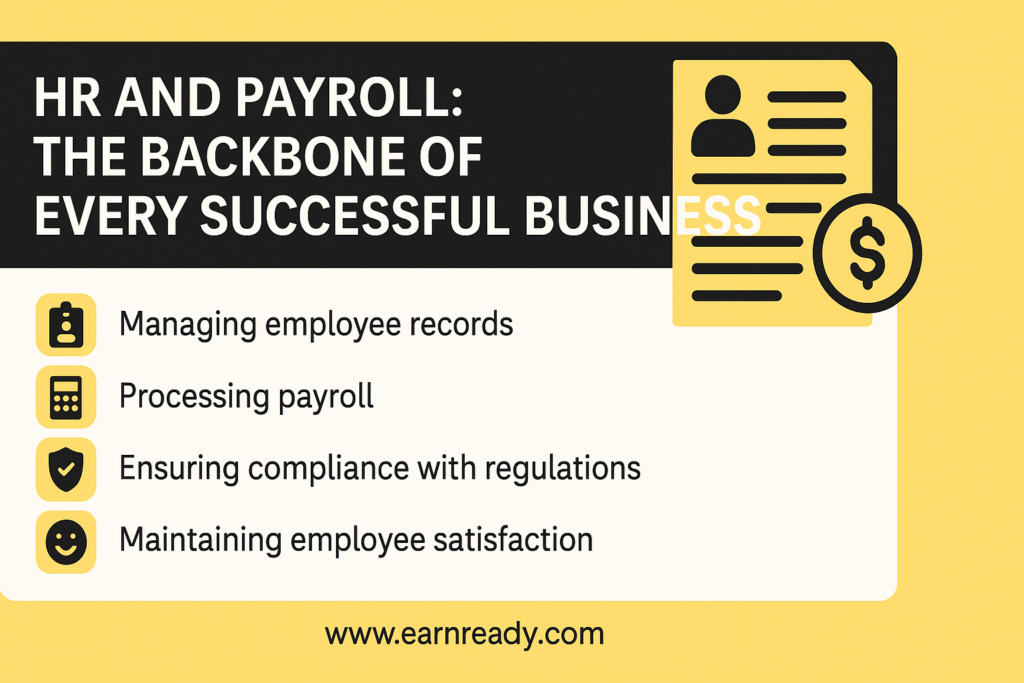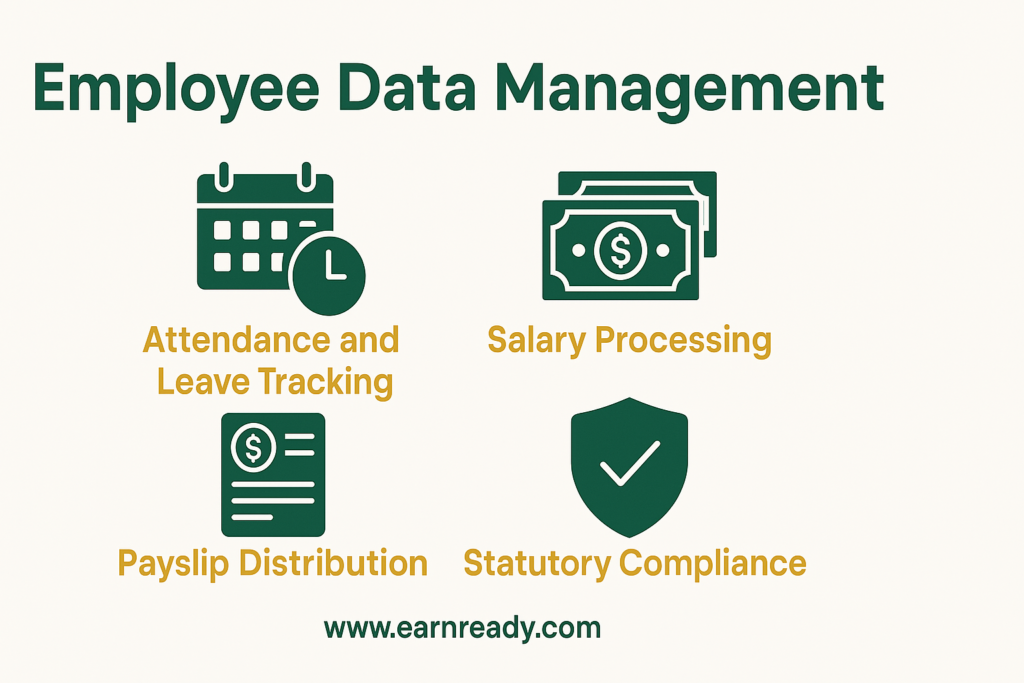Even the most seasoned professionals responsible for employee management often encounter challenges when it comes to handling compensation systems smoothly and accurately. Despite years of experience, the complexity of managing people-related processes can still lead to complications.
For starters, relying on manual tasks often results in human errors—whether it’s a wrong number entered, miscalculated time off, or outdated employee information. These small mistakes can quickly snowball into larger issues, especially when it’s time to finalize monthly earnings. The lack of real-time data flow between departments can cause mismatches, creating confusion and delays.
One common problem arises when information related to working hours, leaves, or deductions doesn’t sync properly between various teams. This misalignment can result in delays in releasing salaries or inaccuracies in the amounts received by team members. Nothing damages employee morale faster than repeated compensation errors.
Another ongoing challenge is staying current with government policies and employment regulations. Changes in tax rules, benefit schemes, or minimum wage requirements can often be complex to interpret. Without clear understanding or proper implementation, organizations can easily fall out of compliance, exposing themselves to financial penalties or audits.
In many cases, companies also suffer from the lack of a unified digital system. When software tools used for attendance tracking, benefits management, and salary calculations don’t communicate with each other, it creates unnecessary work and confusion. This disconnection leads to repetitive data entry and increased chances of mistakes.
That’s why learning through a professional course has become essential for those looking to advance in the people-management domain. It equips individuals with the latest tools, strategies, and legal knowledge to not only avoid mistakes but also streamline workflows and improve the overall employee experience. Upskilling is no longer optional—it’s the key to staying efficient, compliant, and competitive in today’s fast-evolving work environment.





